.jpg)
.jpg)
Luanda was founded by Portuguese explorer Paolo Dias de Novaes as St. Paul of Luanda in 1576. It became the capital of a Portuguese colony in 1586 and became the capital of independent Angola when the former Portuguese colony gained its independence in 1975. The city is in the northwestern of the country on the coast of the Atlantic Ocean. As a major port city for Angola in the 16th century, Luanda became the center for commercial, political, and cultural affairs. The Portuguese also used Luanda as their major slave trading port until 1836.
Despite its violent past and clashing contrasts, Luanda is a wild paradise waiting to be discovered. There are hidden pockets of wildlife to keep nature lovers immersed in the unkempt beauty and temperate climate of a previously unfamiliar destination that now stands proudly amongst the more celebrated ones.
Tourist Attractions In Luanda : 12
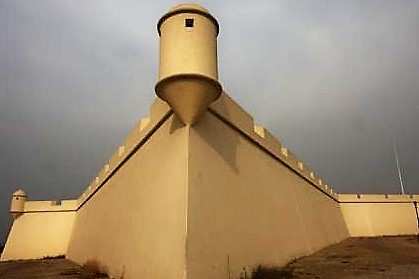
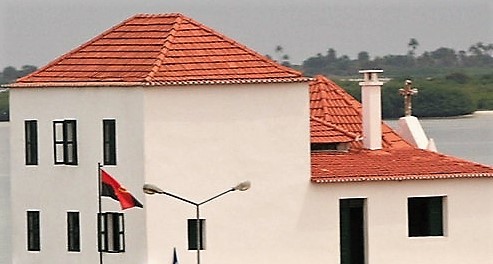
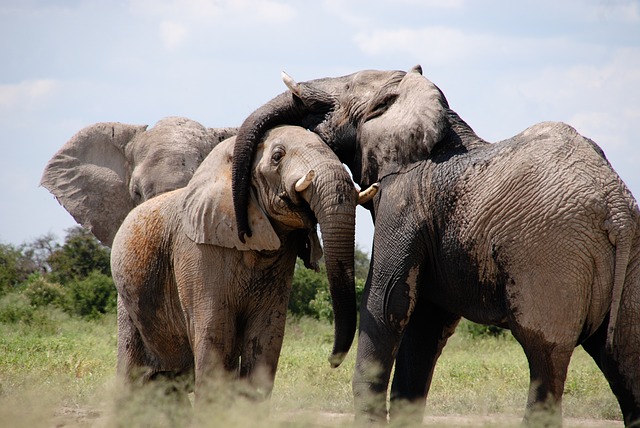
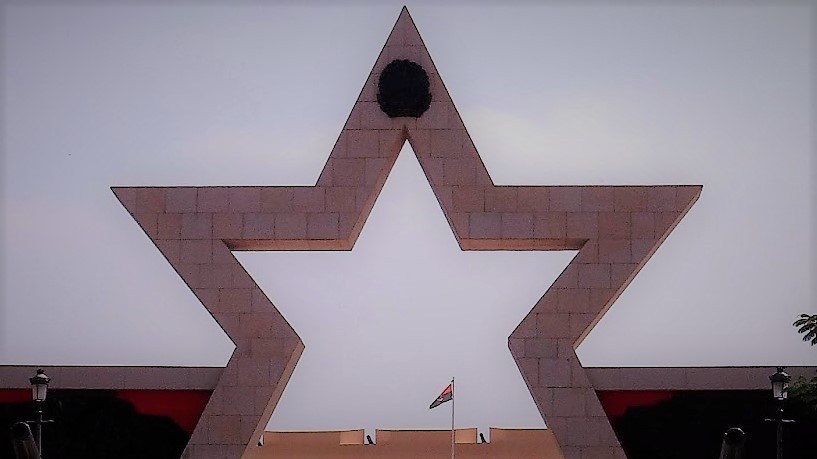
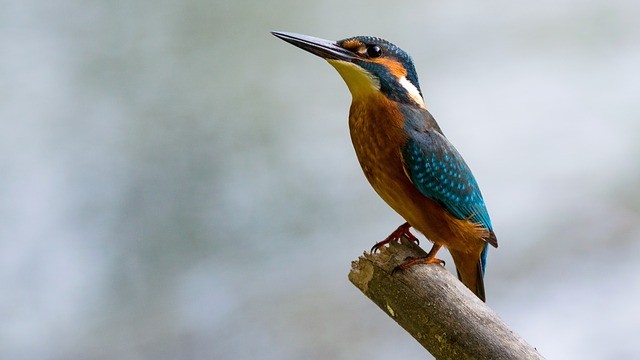
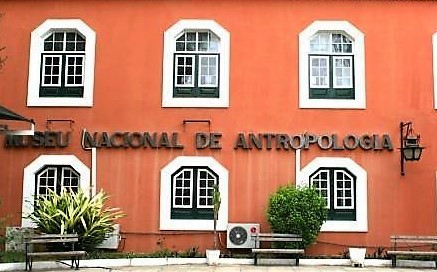
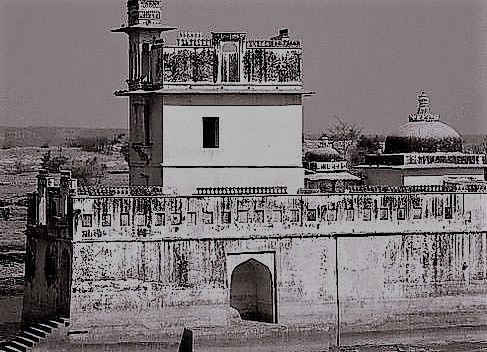

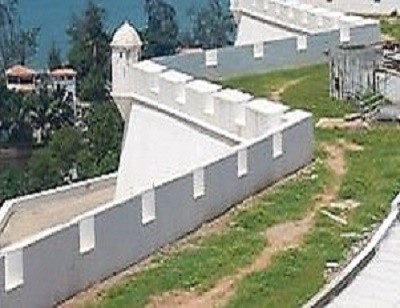
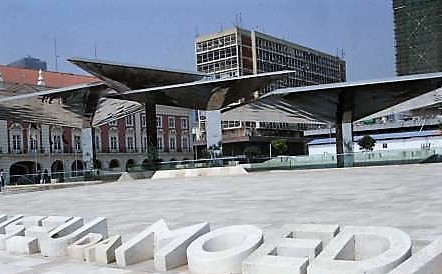
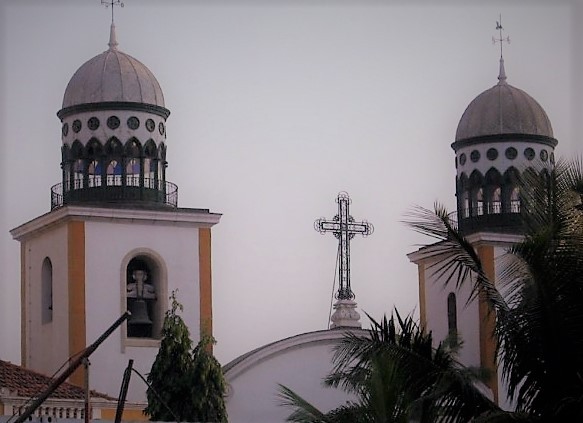
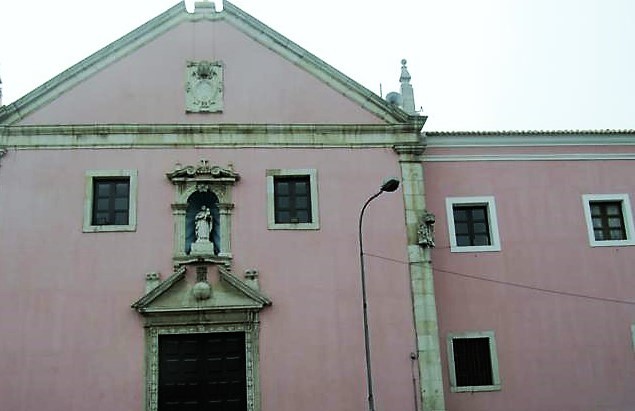
By Air - Luanda International Airport in Luanda serves as a major airport with quite good number of national and international airline services.
By Train - There are a few short passenger lines, but they are not very safe. Angola once had the most extensive rail network in Africa while under colonial rule.
By Bus - The National Bus Service has just re-opened but routes are not organized yet. There are some local services in Luanda and in between cities.
By Road - The main road for tourists will be the coastal highway leading north to the DRC and South to Namibia. Roads are one of the top priorities in reconstruction efforts including a handful of six lane highways leading out of the city.
By Water - There are ferries operating from Luanda to the Cabinda exclave, it’s useful to avoid a transit of the DRC and the journey takes about 14 hours.
Getting Around - A popular means for tourists to get around the city is by mini bus taxis, easily identifiable by their pale blue and white.
1 - ART BURGER, AT 63, Av., CMTE., CHE GUEVARA - (FAMOUS FOR HAMBURGER)
2 - CHURRASCARIA NANDINHOS, AT RUA COMANDANTE VALODIA 13 - (FAMOUS FOR GRILLED CHICKEN AND TAMOTO ONION SALAD)
3 - GALERIA DOS PAES, RUA DOS TRANSMISORES - (FAMOUS FOR PIZZA AND CAKE)
4 - FOURTH OF JULY RESTAURANT, AT Av., MURTALA MOHAMED (SPORTSMAN'S HOUSE), CAPE ISLAND - [FAMOUS FOR CHICKEN SHAWARMA (PITA BREAD, STUFFED WITH CHICKEN BREAST CUBES ON PLATE WITH TAHINE SAUCE, SERVED WITH FRIED POTATO)]
5 - MOMENTS, AT Av., CMTE. GIKA - (FAMOUS FOR SHRIMP CURRY)
6 - BARBARICO, AT Av., CMTE., CHE GUEVARA - (FAMOUS FOR GRILLED CHICKEN)
7 - DAR EL AMIR, LOCATED IN LUANDA - (FAMOUS FOR HUMMUS IS A FOOD MADE FROM MASHED CHICKPEASOR OTHER BEANS, BLENDED WITH TAHINI, OLIVE OIL AND LEMON JUICE)
8 - BE DELICIOUS, LOCATED AT 6, RUA DO ATLETICO - (FAMOUS FOR CHOCALATE ICE-CREAM)